3 non-traditional Facebook advertising strategy operating models

Pay attention to the topology, more wonderful waiting for you!
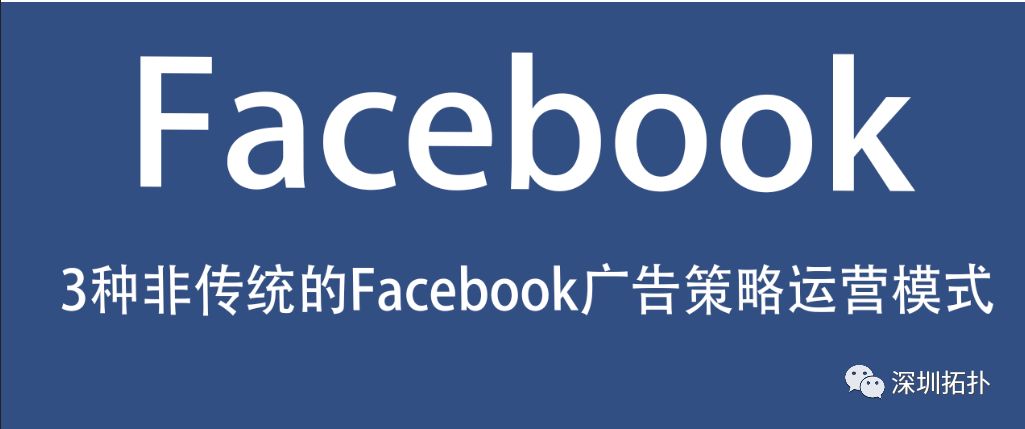
Source: Dan Shewan
Facebook ads are one of the most effective marketing strategies available to you. It is also one of the most deterrent advertising channels for nods. At the macro level, with almost as many ways to target your target audience as you do Facebook, it's a challenge for those new to paid social networking sites to figure out exactly what strategy to adopt.
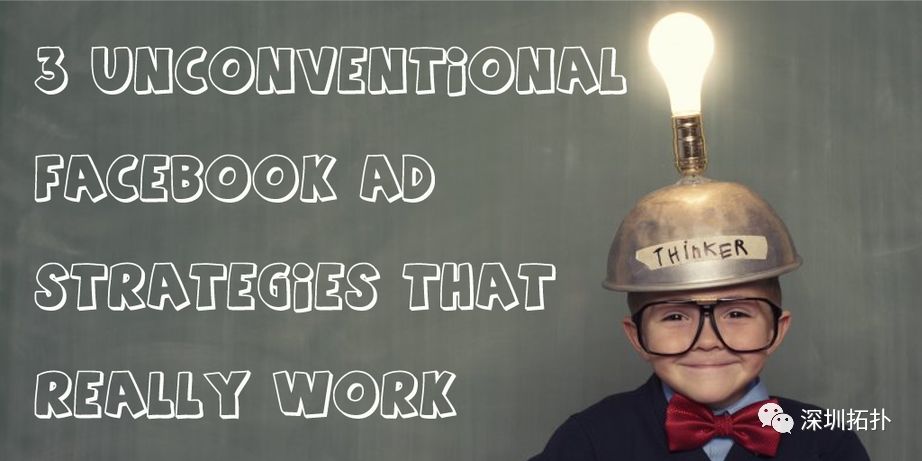
While there are some proven Facebook advertising strategies that deliver significant returns, this is a difficult market to do. Thousands of businesses advertise on Facebook platforms, and corporate advertising operators even use the platform's "audience segmentation" techniques. This market circle is like a competitive jungle, which is why you need to consider non-traditional strategies to enhance competitive advantage.
In today's article, we'll introduce you to three non-traditional Facebook advertising strategies that you can use in your own campaigns. When you've finished reading this article, you can test these practical strategies against the personal characteristics of your business. Now let's get started.
What's new: PassNewFacebookAdvertising toolsFind out if Facebook ads are right for you
1. Create a highly exclusive audience system with universal tracking pixels
Facebook's tracking pixel feature is most commonly used for conversion tracking and bid optimization. This is a really good feature, but in practice you can expand Facebook's tracking pixel functionality to create a highly exclusive audience system.
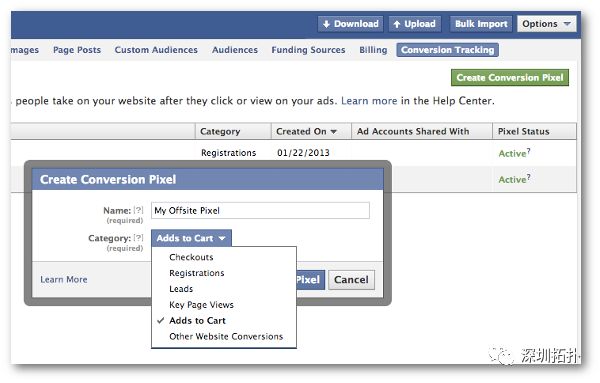
This technology works well because it not only targets your campaigns more precisely, but also saves you a lot of time and tedious work. WordStream's resident paid social expertBrett McHaleUse this strategy frequently to save time and ensure that his campaign content is focused on audiences that are consistent with our goals.
"Universal tracking pixels allow you to seamlessly market to individuals who access the web interface you run," explains Brett. "However, there are several complex levels that the average user may not immediately realize. When you run ads, the key point is search engine visibility, which helps you understand who you're targeting, but it's also important to know who you're excluding. "
By using Facebook's tracking pixel capabilities to build an exclusive audience system, Brett saves a lot of time and effort when marketing to highly specific behaviors that demonstrate strong business intent.
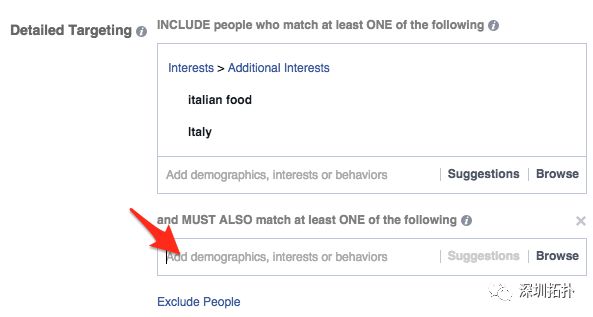
"I have the flexibility to use universal pixels to build dynamic exclusive audience systems and eliminate the pain of constantly uploading Excel email forms that may not even be directly matched," Brett says. "If you're excluding current customers, you can create a custom audience for visitors who visit the sign-in page or even confirm the url site of the sign-in page." This will ultimately save you money. "
This technology also allows you to customize and optimize your campaign activities to make them more personalized based on potential customers you've explored during the sales process.
"You're actually building a marketing funnel by specific promotions for people with different interests or competency levels," Brett explains. "This allows you to plan promotions based on personalization and ultimately create a better advertising experience while turning potential users into your own customers."
If you're using Facebook's tracking pixel feature to convert tracking, that's great - but as Brett has shown, it can be more useful, so consider trying it in your next campaign.
2. Target your interests with normalSee user behavior combined
One of Facebook's biggest strengths as an advertising platform is its ability to target users based on their interests and online behavior. While many ad operators target users based on what they are interested in and what they do online, combining the use of these two targeting strategies can produce a 1>2 effect. is a technology that is often overlooked.
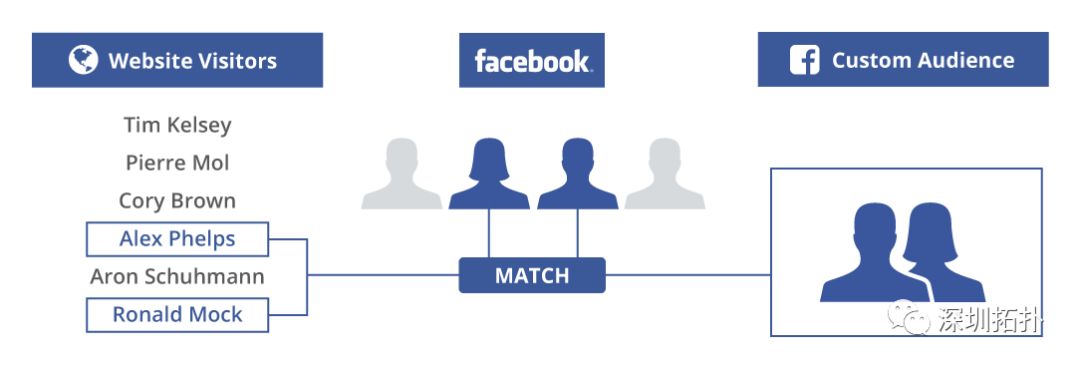
One common mistake ad operators make is to overestimate the number of target audiences - remember, "everyone" is not our target market. In this misjudgment, the audience reach of advertising operators is often too broad, resulting in a weakened market orientation and a messy advertising message. That is, you don't want to limit yourself to specific lik interest groups, which is why combining highly specific lid-based interest targeting groups with common user behavior can help you pinpoint potential customers who are interested in your service or industry, or who show strong business intent.
This technology has a double benefit. You can target users who have a strong base interest and common behavior, or you can target users who have broad interests and demonstrate highly specific behaviors. For example, you can create a target user base that has small businesses and a very broad audience, but at the same time they are interested in digital marketing conferences, have initial plans to enter the free software pilot space, or have downloaded certain types of content from customer pages.
3. Optimize your forms to target high-quality prospects
Even if you've been advertising on Facebook for a while now, it's likely that no matter how precisely you target your ideal audience, you'll still waste time on page clicks and views for invalid users who are less likely to turn into customers. Our next non-traditional Facebook advertising strategy is to use the tracking pixels on the form to help Facebook "understand" which potential customers are most valuable.
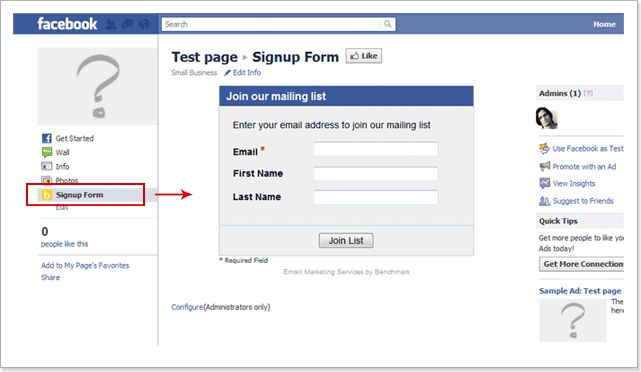
To do this, you can insert a pixel into the form that starts when the user enters some details about themselves. If you use form data to identify potential customers, you're most likely to use metrics to determine their value as a potential customer, such as monthly spending on AdWords. You can use this data to create an increasingly granular list of leads, and then you can target them.
Let's give a specific example: to measure whether a user is a high-quality potential user, we specify that the user must spend more than $1,000 on AdWords. If the user enters a number greater than $1,000 in the Monthly dWords Expenses limit field in the form, you can set the pixel Start and tell Facebook that the user is a qualified potential user based on the customer ad spend metrics you just entered, and the ad setup system automatically converts them into a premium lead category. This allows you to optimize your copies and creatives during ad customization based on your eligible data to develop the highest quality customer base. Accordingly, you can free your business from the pressure to "hire certified public accountants", which is considered a decisive indicator of success, and focus more on developing high-quality potential customers.
Over time, when you accumulate enough data, you can use the Events option to create a Custom Audience for these potential customers. There, you can create similar, exclusive, and marketable audiences based on the criteria described above. Of course, your ad standard settings depend on your specific ad needs.
Hopefully, these strategies will give you more ideas and help you understand how to use Facebook's sophisticated advertising tools to better target qualified people and take your ad path a step further.
Dan Shewan is a british journalist and web content expert who now lives and writes in New England. Dan's work appears in a variety of print and online publications, including the Guardian, The Daily Beast, Pacific Standard, Maxwell's Internet Trends, and many others.

Click "Read the original" for more dry goods
Go to "Discovery" - "Take a look" browse "Friends are watching"